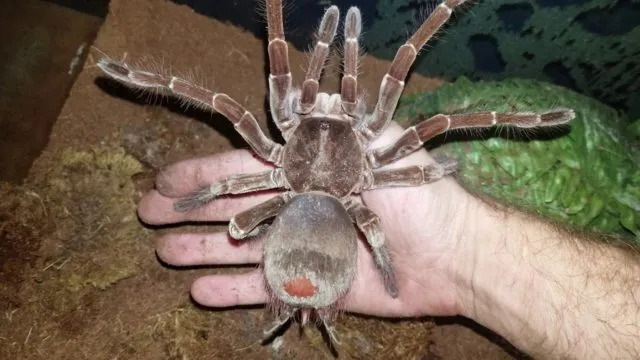What is a Giant Goliath Tarantula
The Giant Goliath Tarantula (Theraphosa blondi) is the largest spider in the world by mass and leg span. Native to the rainforests of South America, these impressive arachnids are a fascinating subject for both scientists and enthusiasts. Known for their imposing size and unique characteristics, Goliath Tarantulas are a marvel of the natural world. Understanding their biology, behavior, and habitat is key to appreciating these incredible creatures and dispelling common misconceptions. This article will provide insights into the key aspects of the Giant Goliath Tarantula, helping you learn more about this impressive spider and its place in the ecosystem.
Appearance and Size
One of the most striking features of the Giant Goliath Tarantula is its sheer size. With a leg span that can reach up to 12 inches (30 cm) or more, and a weight of over 6 ounces (170 grams), this spider is a true giant. Their bodies are covered in hairs that serve a sensory function and give them a somewhat fuzzy appearance. The overall impression is one of a powerful and imposing creature. The females are typically larger and heavier than the males. Their size and robust build are adaptations to their predatory lifestyle, allowing them to capture and consume a variety of prey.
Habitat and Distribution
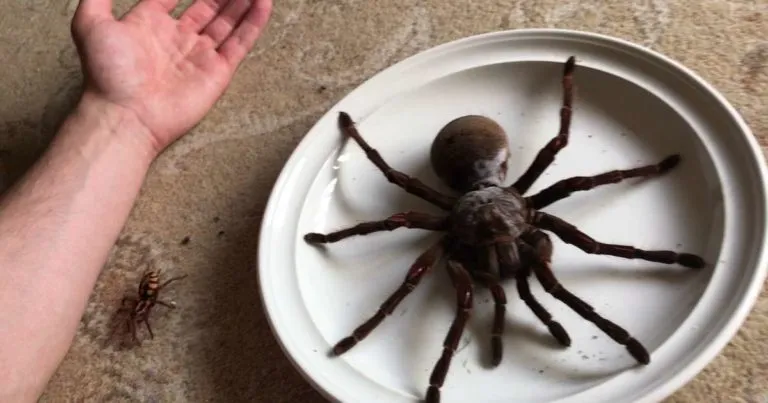
Giant Goliath Tarantulas are found in the rainforests of northern South America, including countries such as Brazil, Venezuela, Guyana, Suriname, and French Guiana. They prefer humid, swampy environments, often living in burrows they create or find near the base of trees or under rocks. Their habitat choice is crucial for their survival, as it provides shelter from predators and maintains the necessary humidity levels. The presence of these spiders is an indicator of a healthy and thriving rainforest ecosystem. Understanding their habitat needs is essential for conservation efforts aimed at protecting their natural environment.
Behavior and Temperament
While impressive in size, Giant Goliath Tarantulas are generally not aggressive, but they will defend themselves if threatened. They are primarily nocturnal hunters, spending their days inside their burrows and emerging at night to seek out food. Their temperament can vary, with some individuals being more defensive than others. When threatened, they may display a threat posture, raising their front legs and exposing their fangs. They also have a defense mechanism involving urticating hairs on their abdomen that they can flick towards a perceived threat. Proper handling and respect for their space are crucial to avoid any potential issues.
Diet and Feeding Habits
As carnivores, Giant Goliath Tarantulas have a varied diet, which primarily includes insects, but they are also known to consume small vertebrates. Their diet in the wild can consist of larger insects, lizards, small snakes, and even small birds, hence the name ‘Goliath Birdeater’. In captivity, they are usually fed crickets, mealworms, and other readily available insects. Their powerful fangs and potent venom help them subdue their prey. The spider injects venom that immobilizes the prey and begins the digestion process. They then consume the liquefied remains, which provides them with essential nutrients.
How to Identify a Giant Goliath Tarantula
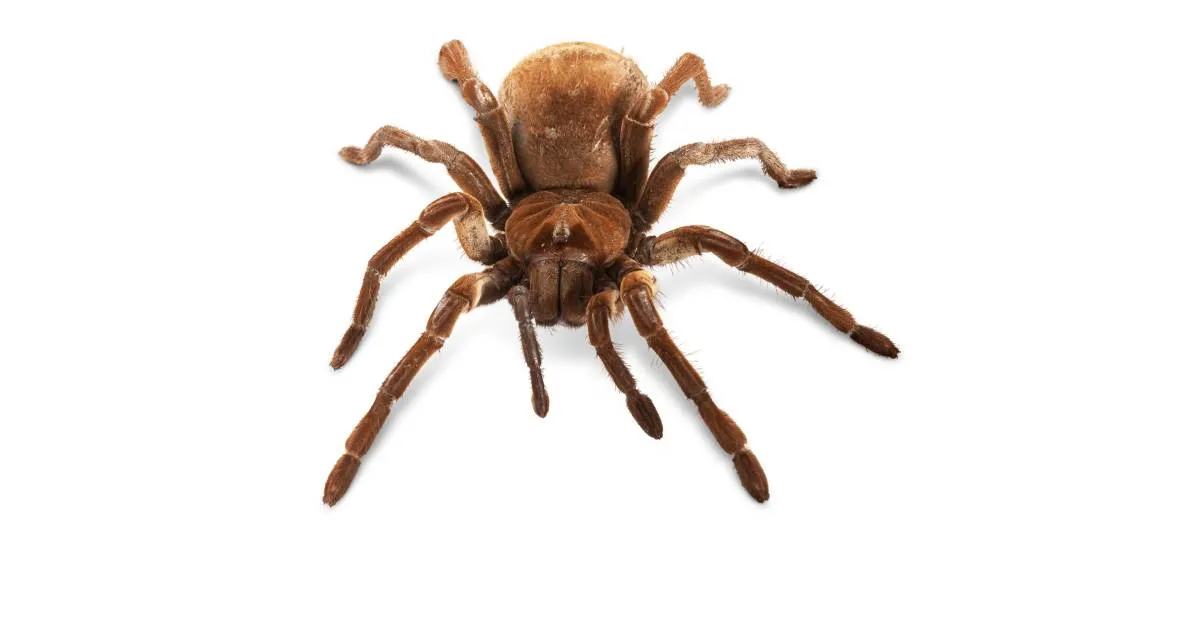
Size and Physical Characteristics
The most obvious characteristic of a Giant Goliath Tarantula is its size. Look for a spider with a leg span exceeding 10 inches. Observe the body; it is a robust build, with a hairy appearance. The carapace (the upper part of the cephalothorax) is often dark brown, and the legs are covered in bristly hairs. Being aware of their large size is the first step in identifying this species.
Coloration and Markings
Giant Goliath Tarantulas generally have a brown coloration. The color can range from a dark chocolate brown to a lighter tan, depending on the individual and its stage of molting. The legs may have subtle striping or banding. The pedipalps (small appendages near the mouth) are often darker than the legs and body. Identifying these color patterns can help differentiate them from other tarantula species.
Behavioral Indicators
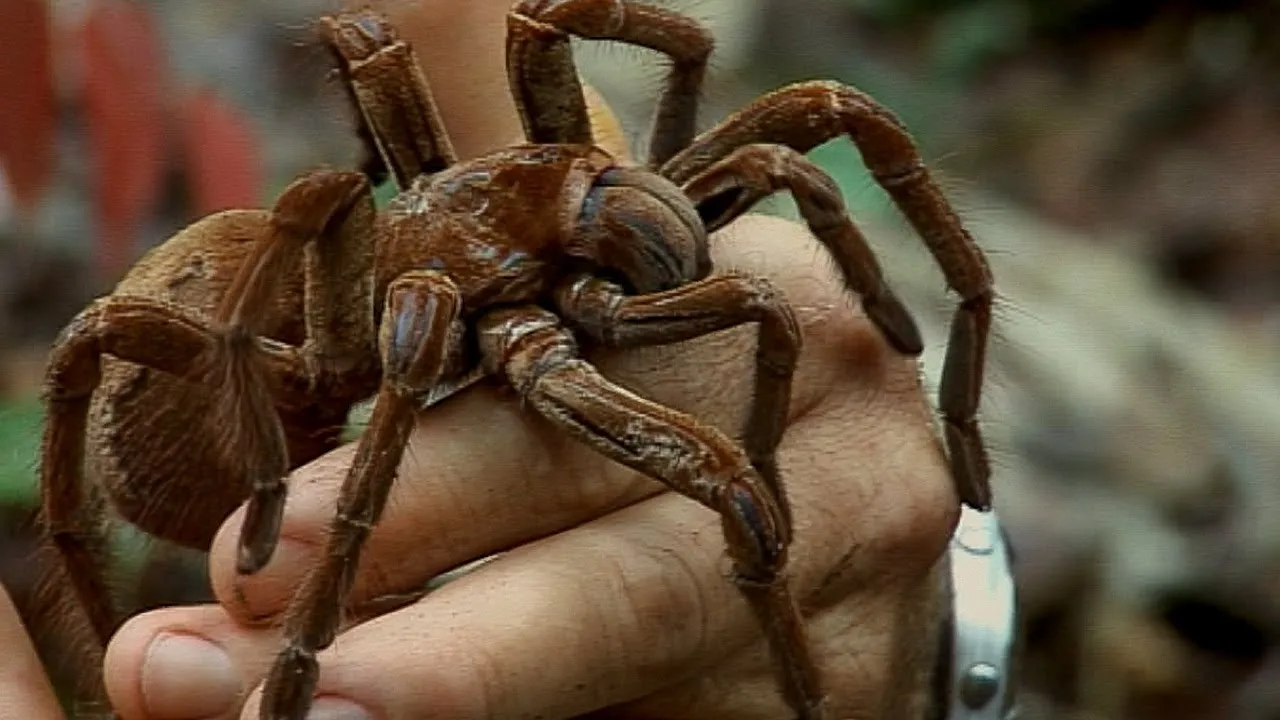
Observe the spider’s behavior. Giant Goliath Tarantulas are typically terrestrial and spend most of their time on the ground or within their burrows. They are primarily nocturnal hunters. If threatened, they may display a defensive posture, rearing up and raising their front legs. Look for the presence of urticating hairs, which they can flick toward a perceived threat. These hairs cause skin irritation. The spider might also make a hissing sound by rubbing its legs together (stridulation). These behaviors are all indicators of the Goliath Tarantula.
Lifespan and Life Cycle
Molting Process
Like all tarantulas, Giant Goliaths undergo molting. Molting is the process of shedding their exoskeleton to allow for growth. Young spiders molt more frequently than adults. During molting, the spider is very vulnerable, as its new exoskeleton is soft. This process can take several hours, and the spider will often hide during this time. After molting, the spider will be larger, and its colors may appear brighter. The old exoskeleton provides clues about the spider’s previous size and health.
Mating and Reproduction
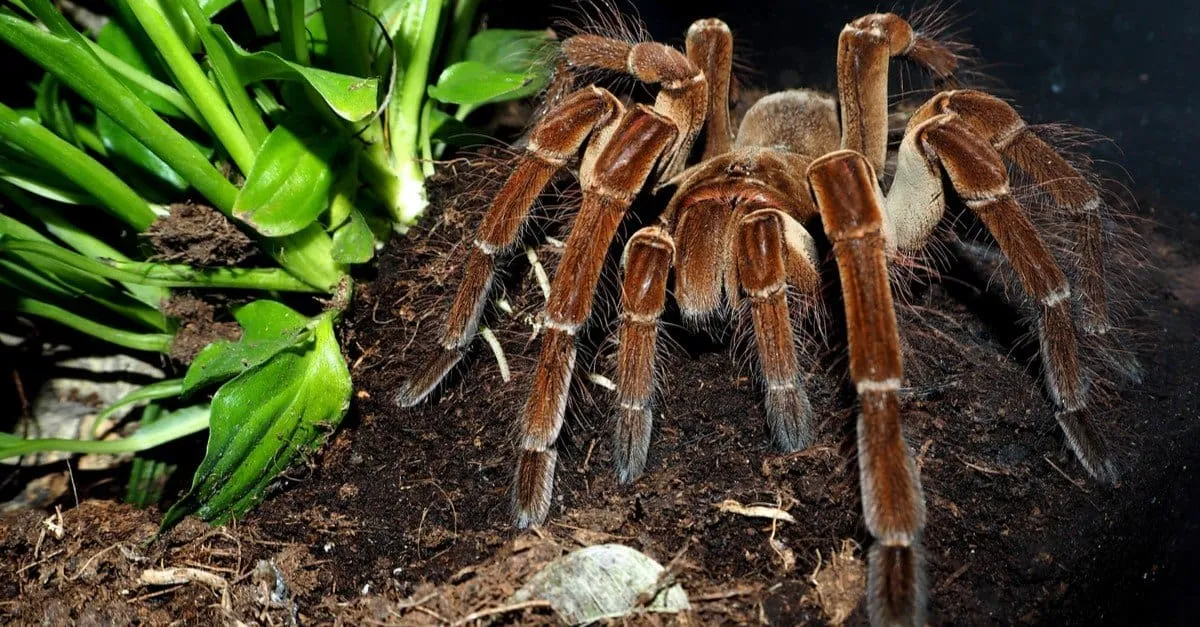
Mating in Giant Goliath Tarantulas is a complex process. The male spider will create a sperm web and then transfer the sperm to his pedipalps. He will then approach the female and attempt to mate. If the female is receptive, the mating will take place, after which, the male must quickly escape being eaten by the female. The female will lay an egg sac containing hundreds of eggs, which she will guard. The spiderlings will hatch and molt several times before becoming independent. The whole process shows how these spiders continue their species.
Interesting Facts about Giant Goliath Tarantulas
Venom and Bite
While the Giant Goliath Tarantula is venomous, its venom is not considered to be deadly to humans. The bite is painful and can cause localized pain, muscle cramps, and swelling. The primary danger comes from the spider’s large fangs, which can cause a deep puncture wound. It is more likely that the urticating hairs cause a greater reaction than the venom. Medical attention should be sought if any signs of infection appear.
Defensive Mechanisms
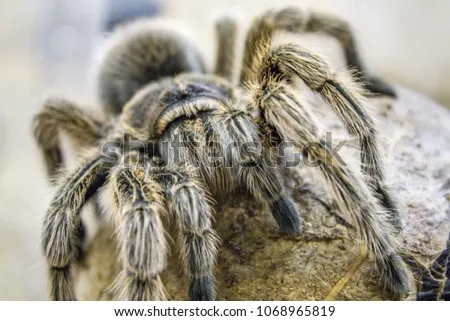
Giant Goliath Tarantulas have several defensive mechanisms. They use their size and imposing appearance to deter predators. They have urticating hairs on their abdomen, which they flick toward threats. These hairs cause intense itching and irritation. They also have large fangs capable of delivering a painful bite. When threatened, they may hiss (stridulate). All these defenses help the Goliath tarantula survive in its natural habitat.
Conservation Status
The Giant Goliath Tarantula is not currently listed as endangered, but they face threats from habitat loss due to deforestation and collection for the pet trade. Conservation efforts should focus on protecting their rainforest habitats and ensuring sustainable practices in the pet trade. Supporting organizations dedicated to rainforest conservation can help to protect this amazing species.
In conclusion, the Giant Goliath Tarantula is a remarkable species that fascinates and inspires. By understanding its characteristics, behavior, and habitat, we can appreciate the complexity and beauty of this impressive arachnid. Continued conservation efforts are vital to preserve this species for future generations. Learn more and support initiatives to protect these amazing spiders and their rainforest homes.
